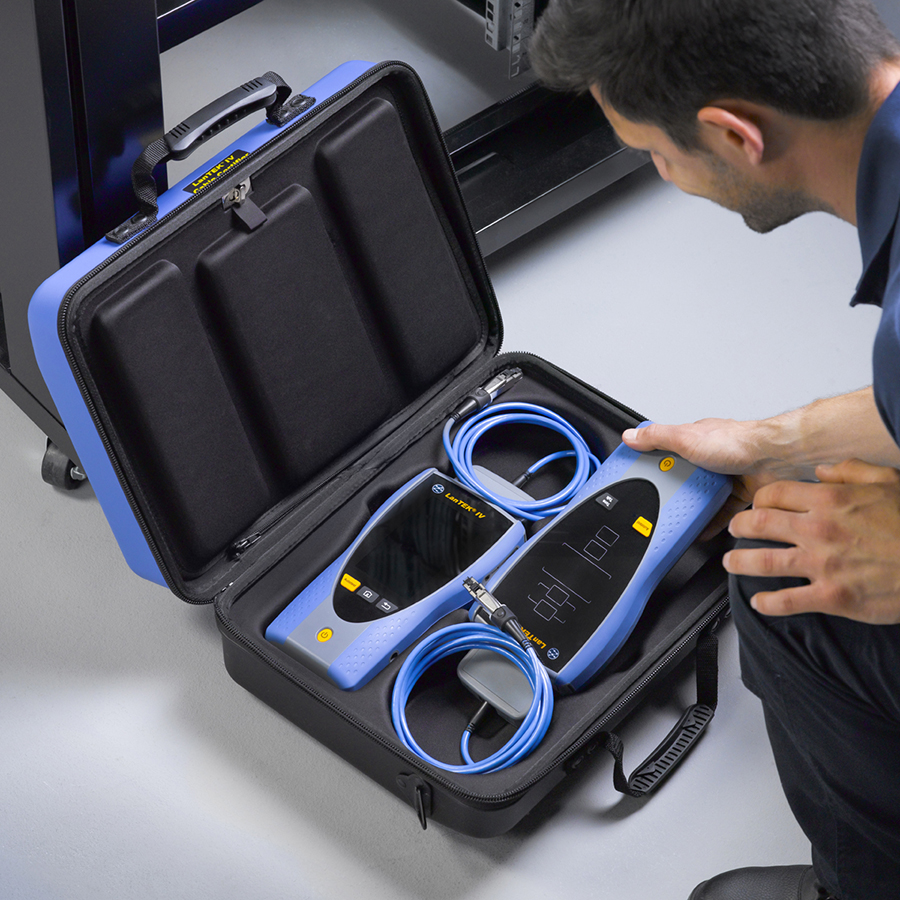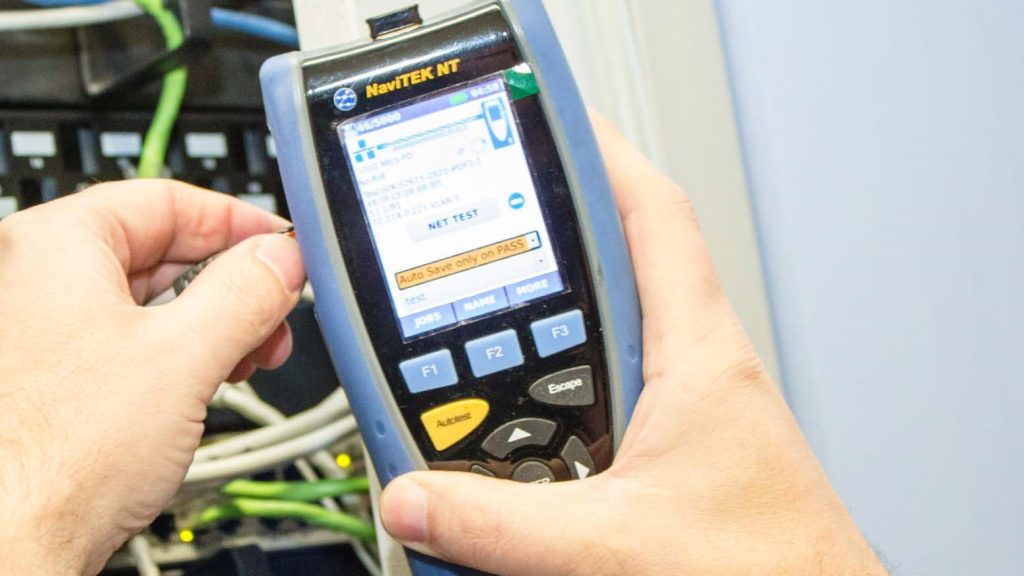VoIP: Do good things come in small packages?
By Dan Payerle Barrera, Global Product Manager – Data Cable Testers, TREND Networks
With increased flexibility and features and a competitive cost, VoIP (Voice over Internet Protocol) phone systems offer many benefits and are an increasingly common part of commercial network installations.
However, VoIP is not without its issues. While it can be easily integrated into virtually any LAN, network performance problems can still occur, resulting in delays and interruptions in speech. This impacts quality and negatively affects user experience.
An added complexity is that Ethernet networks handle VoIP traffic differently than typical data so technicians may not know how to troubleshoot issues effectively.
VoIP comes in a smaller packet
Ethernet allows for many different packet sizes but the standard size for Ethernet data packets is 1,518-byte. Maximum efficiency is achieved when large packets like this are used instead of small packets, because fewer total packets are transmitted to carry a given amount of payload – just like how a single bus is a more effective way of transporting 30 people compared to six cars. Fewer packets on the network also results in less workload on the switches and routers which must process each packet.
The Ethernet protocol detects network error occurs that results in a lost packet, allowing the packet to be resent and the full message to be transmitted. The device on the receiving end collects the late packets and completes the message. However, this does not work in time sensitive scenarios, such as talking on the phone where even a small delay is noticeable to the caller.
Therefore, VoIP protocols do not use large packets and instead use 64-byte packets. When speech is broken up into small packets, each carries just a fraction of a syllable of speech so even if a packet is dropped by the network, disruption is minimal. Although this makes the network less efficient, speech quality is maximized – if the conversation was in large packets, one dropped packet may result in entire words being lost, making conversation impossible.
Measuring performance
So, how does this change how network issues are diagnosed?
Packet loss
Packet loss is the percentage of the total packets that are lost, or discarded, by the network and this is one very important factor when working on VoIP networks.
Network switches and routers discard packets when the incoming buffer is full due to congestion on the outbound side, which prevents packets from being forwarded to the next “hop” on their way to the destination. Acceptable packet loss depends on many factors, although 3 per cent or less is generally considered good.
To establish packet loss, a transmission tester which sends a stream of packets between two locations and measures the loss rate should be used. However, when measuring VoIP it is important to ensure that the packet size is set as 64-byte in order to accurately measure or demonstrate performance. Some testers also offer a VoIP pre-set that can be used to make this process even easier.
Delay
Delay is the time required for a packet to cross the network and needs to be minimized to ensure the best VoIP phone user experience. An acceptable delay time for VoIP is 200ms (milliseconds) or less.
Delays are commonly increased by the number of switches and routers between the users on the call. LAN and WAN congestion leads to routers searching for alternate paths between locations often resulting in additional hops, and each hop adds delay.
To establish the minimum, maximum and average delay, a simple PING test can be used. However, like when measuring packet loss, it’s important to change the default settings on the tester as these do not account for the way that Ethernet manages VoIP differently. Installers and technicians should adjust the PING settings to a 64-byte packet size, a 1,000 packet count, and a 10ms interval between tests. This provides a 10 second test with 100 packets/second that provides more realistic measurements of network delay.
Jitter
Jitter is the difference in delay time between packets and should be reduced as much as possible to ensure speech sounds smooth and fluent. The less jitter, the more consistent the stream of packets is, and the smoother speech sounds.
Often, VoIP equipment incorporates a particular buffer to accommodate some amount of jitter, but with less jitter and a more consistent stream of packets, resulting sound quality is always improved. Jitter must be measured with dedicated network testers that use the right type of hardware, as computers and mobile devices are prone to delivering inaccurate results for this type of test.
Installers and technicians should aim to ensure jitter of 30ms or less between packets – where jitter exceeds 35ms voice quality is significantly reduced. Although peaks and troughs will likely be observed during testing, what is important is to achieve an average within the acceptable range.
Troubleshooting tools
Delays, interruptions, crackles and pops on the line are all quality metrics that are measured when testing VoIP quality of service (QoS) statistics. Packet loss, delay and jitter can all be partly responsible for these user issues, so are essential factors in measuring the rated quality of a VoIP conversation.
It’s therefore vital for network engineers to not only understand why and how VoIP is different, but also select the right tools to evaluate network conditions and identify sources of poor VoIP quality.
For more information on selecting the right troubleshooting tools, visit www.trend-networks.com






